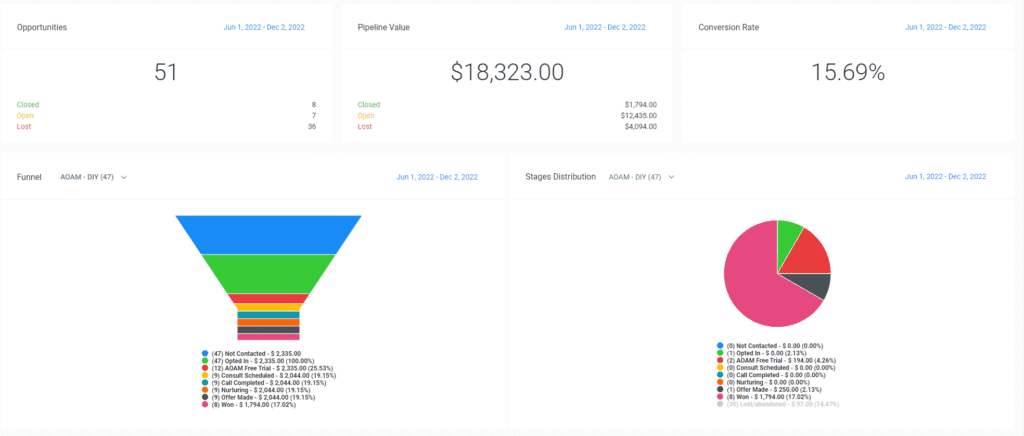
Recognizing that not everyone is enthralled by business analytics, I will keep this blog as non-geeky as possible. It may start out a little dry, but it will get juicier as you keep reading. Let’s dive into how to succeed with data-driven decision making.
Data-driven decision making is becoming the norm in many industries as businesses are increasingly relying on data-driven insights and analytics to make informed decisions. By utilizing business analytics and applying data-driven approaches, you can identify trends that may have been overlooked through traditional methods. It provides objective insight into your customer behavior, so you can develop more effective strategies for marketing, pricing and customer segmentation, allowing you to stay ahead of your competition.

However, data-driven decision making is not just about crunching numbers; it’s also about creative thinking and innovative problem solving. You must learn how to balance the art of analysis with the science of interpretation in order to get a comprehensive view of your customers’ needs and wants. The combination of these two elements – creativity and interpretation – is what makes data-driven decision making so powerful for any business looking to stay competitive in today’s rapidly changing market.
With all this talk about data-driven decision making, you are probably thinking to yourself “What data do I track in order to make these awesome informed decisions?” Get ready for the juicy stuff.
What is a KPI?
You may have heard the term “KPI” before, but what does it mean? KPI stands for key performance indicator. In short, KPIs are a way to measure the success of your business against predetermined goals and objectives. They are typically measured through the use of analytics software, which tracks data and creates reports on digital marketing performance..
Common Digital Marketing KPIs
There are many digital marketing KPIs that digital marketers can use to track the success of digital campaigns:
- Conversion rate – The percentage of visitors who take a desired action on a website
- Cost per lead – The cost of acquiring a customer through digital marketing.
- ROI – Return on Investment: the amount of money made compared to the money spent on digital marketing.
- Click-through rate – The percentage of people who click through from a digital advertisement or email to a website or landing page.
- Engagement rate – The number of people who interact with digital content (likes, comments, shares).
- Unique website traffic – The number of unique visitors to a website.
- Time on page (Website Bounce Rate) – The average amount of time spent by visitors on a particular web page.
- Qualified leads generated – The number of leads that have been qualified as potential customers.
- Closing Rate – The percentage of leads that have been converted into customers.
All KPIs Are Not The Same
There are endless possibilities when it comes to choosing KPIs for your small business. However, not all KPIs are created equal. Some KPIs are more important than others and should be given more attention. Furthermore, some are downright misleading.
Businesses can focus too much on these metrics that aren’t necessarily indicative of success. Take for example, the open rate of an email campaign. This measure does not tell you much in itself. Did the recipient actually engage with the content? Did anyone convert to a sale?
Another example is a sudden increase in website traffic. Sounds great, right? But, what do you attribute this to? Was it a result of a recent costly ad campaign to drive leads to your website? If so, what was the cost to convert them to a customer? Maybe a competitor mentioned your brand. Is it bot traffic? An increase in traffic alone is not the metric to track in this situation. ROI or closing rate is more reflective of performance. Your business needs customers to succeed, so always keep them at the forefront of your mind.
The key is to dig deeper and select a few measures that are strong predictors for your company’s performance. The best ones reflect the performance of your entire customer’s journey from lead to repeat customer. By zeroing in on these pivotal stats, you’ll be able to make more informed decisions about where to allocate your resources or make adjustments. The following are four benefits of using KPIs in your small business.
4 Benefits of Data-Driven Decision Making
1. KPIs Help You Set Goals and Objectives
One of the most important benefits of using sales and marketing KPIs is that they help you set realistic goals and objectives for your team. Without KPIs, it’s easy to set goals that are either too high or too low. By setting KPIs, you can ensure that your team has the right target to aim for.
2. Helps You Stay Organized
One of the biggest benefits of using KPIs is that they help you stay organized. When you’re running a small business, it’s easy to get bogged down in the day-to-day tasks and lose sight of your goals. By having a defined set of KPIs, you can stay focused on what’s important and avoid getting sidetracked. Additionally, tracking KPIs can help you identify patterns and trends that you may not have otherwise noticed.
3. Allows You to Make Objective Decisions
Perhaps the most important benefit of using KPIs is that they allow you to make data-driven decisions. In today’s data-driven world, it’s crucial to base decisions on hard data rather than gut instinct. By tracking KPIs, you can ensure that your decisions are based on solid data points rather than guesswork. Additionally, analyzing trends in your KPI data can help you predict future outcomes and make proactive decisions to avoid potential problems down the road.
4. Helps You Identify Problems
Another benefit of using sales and marketing KPIs is that they help you identify problems early on. For example, if you see that your team’s conversion rate is below average, this could be an indicator that there’s a problem with your sales process. By identifying problems early on, you can take steps to fix them before they become bigger issues.
KPI Tracking Made Easy in Automation on a Mission
Build the business you’ve always dreamed of.

Don’t have the time to take a data analytics course? Don’t fret. Our system has data analytic software built in! It collects, aggregates and displays all your important data in customizable graphs all centrally located in a single dashboard.
Automation on a Mission makes it easy to create unlimited sales pipelines and display them all on a centralized dashboard. Every prospect is tracked and visually represented in customizable charts making it easy to identify opportunities and where roadblocks may exist.
To start the path toward achieving your goals with a powerful, intuitive system, book a free consultation here.
Click here to learn about all of our services.

